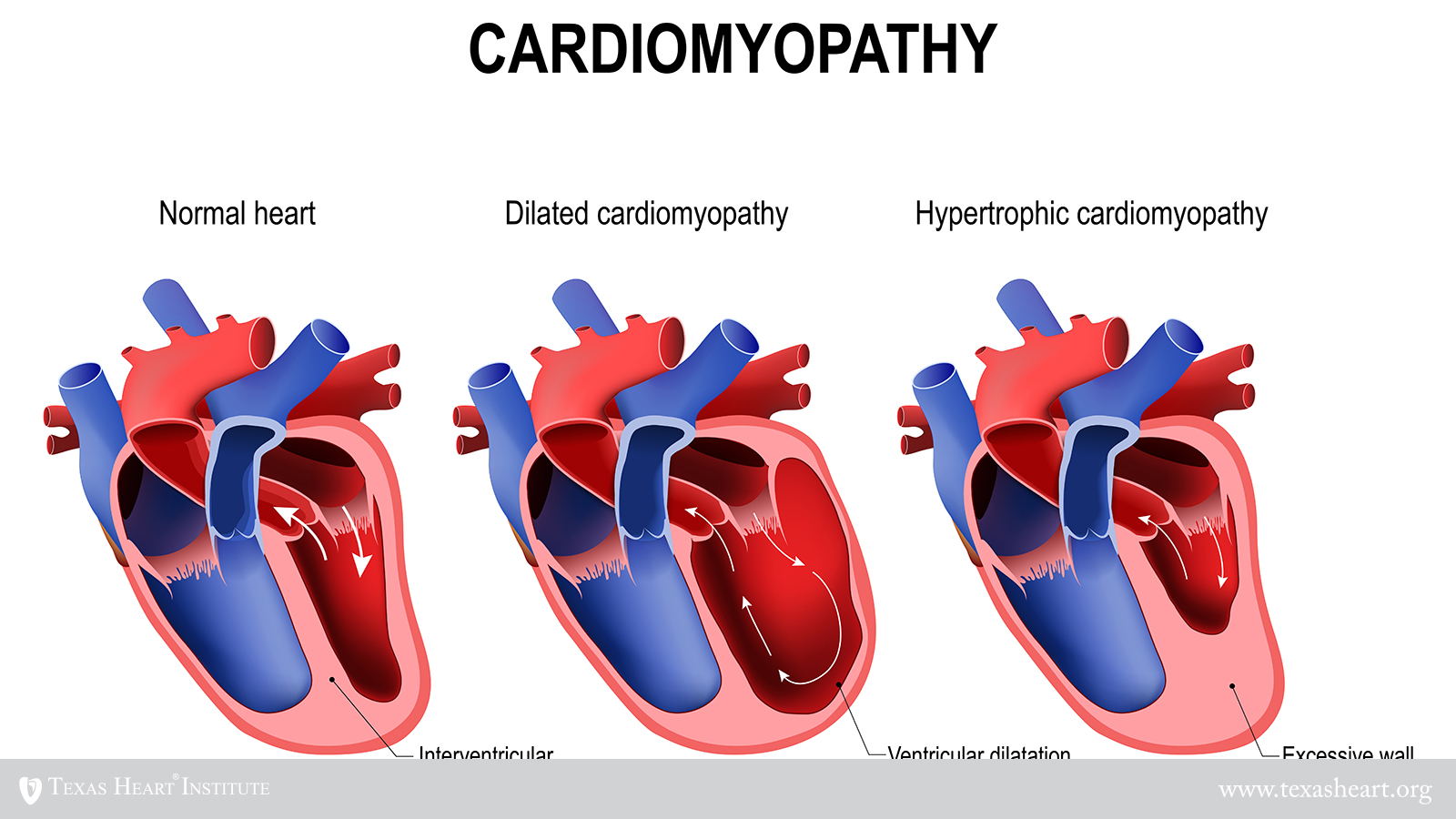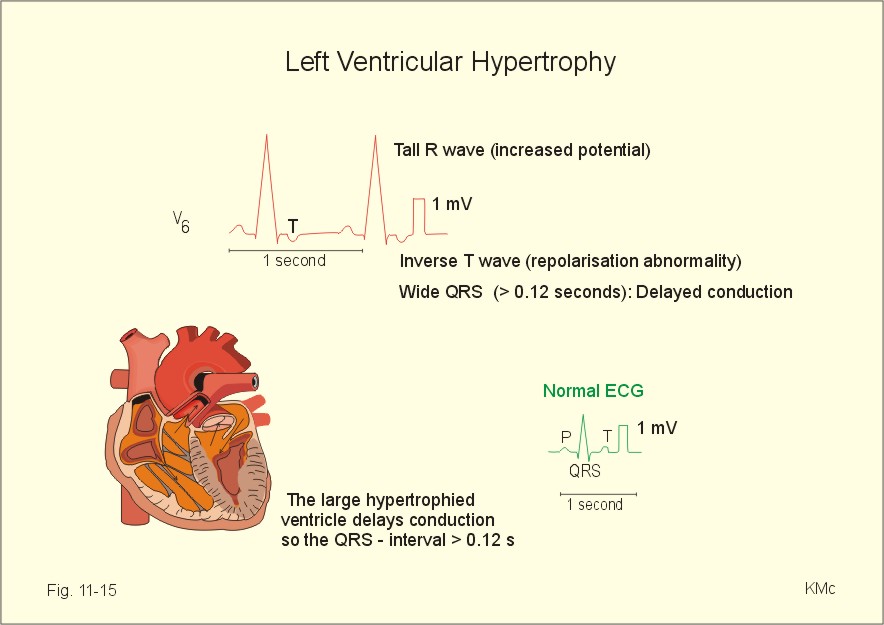


Extensive phosphorylation of eIF2 alpha and strong inhibition of eIF2B activity can result in the downregulation of the overall rate of protein synthesis less marked changes may lead to alterations in the selective translation of alternative open reading frames in polycistronic mRNAs, as demonstrated in yeast. Cardiac hypertrophy is defined as an abnormal increase in heart muscle mass and is functionally, mechanistically, and histologically distinguished from normal embryonic and postnatal myocardial growth by characteristic changes in cardiac myocyte shape and volume. Phosphorylated eIF2 acts as a dominant inhibitor of the guanine nucleotide exchange factor eIF2B and prevents the recycling of eIF2 between successive rounds of protein synthesis. The Fuzzy Logic of Physiological Cardiac Hypertrophy. Physiological conditions which result in eIF2 alpha phosphorylation include virus infection, heat shock, iron deficiency, nutrient deprivation, changes in intracellular calcium, accumulation of unfolded or denatured proteins and the induction of apoptosis. Physiological hypertrophy, which usually occurs during pregnancy and exercise, is characterize with a coordinated increase in ventricular volume and wall thickness, most importantly, it is reversible once the stimulus was relieved ( 2 ). The alpha subunit of polypeptide chain initiation factor eIF2 can be phosphorylated by a number of related protein kinases which are activated in response to cellular stresses. Cardiac hypertrophy can be generally divided into physiological and pathological hypertrophy.


 0 kommentar(er)
0 kommentar(er)
